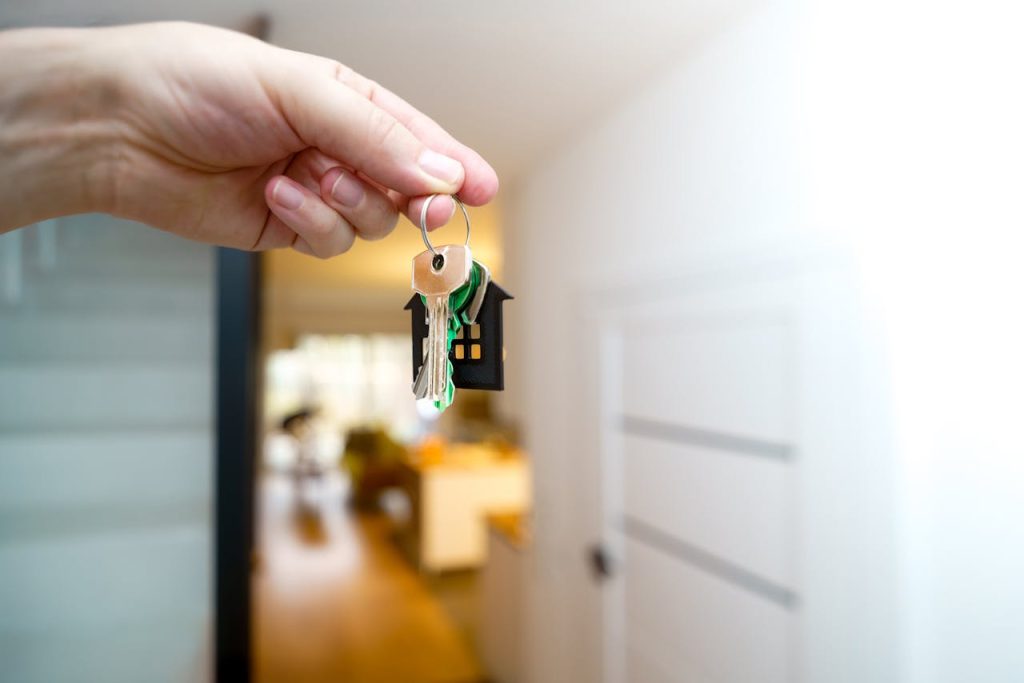
Have you ever walked into a house and immediately felt at home? Maybe it was the natural light streaming through the windows or the way everything felt fresh and updated. Now, think of the opposite—a house that feels outdated, dim, or in desperate need of repairs. First impressions matter, and for buyers, small details can make or break a sale.
In today’s competitive real estate market, home upgrades aren’t just about aesthetics. Buyers want homes that feel move-in ready, energy-efficient, and well-maintained. They don’t want to walk in and see a list of expensive projects. Even minor updates—fresh paint, better lighting, or improved landscaping—can create a lasting impression.
Trends are shifting. More buyers want eco-friendly homes, low-maintenance features, and modern finishes. The rise of remote work has changed what people look for, with many prioritizing natural light and functional spaces. Sellers who invest in the right upgrades don’t just attract buyers—they sell faster and often for a higher price.
In this blog, we will share the home upgrades that have the biggest impact, why small changes make a difference, and how to focus on the improvements that buyers actually care about.
The First Impression Effect: Why Small Details Matter
A buyer’s first impression happens fast. Within seconds of walking in, they decide whether a home feels right. Small details, like outdated fixtures or worn-out flooring, can make a home feel neglected. On the other hand, simple upgrades create a sense of care and quality.
Natural light is one of the most important factors for buyers. Homes that feel bright and airy seem more inviting. Dark spaces feel smaller and less appealing. One upgrade that dramatically changes a home’s feel is window replacement. New, energy-efficient windows not only brighten a space but also improve insulation and lower energy costs. They add curb appeal, increase comfort, and make a home feel modern.
Another overlooked upgrade is fresh paint. A neutral, modern color palette instantly refreshes a home. Bold or outdated colors can make a space feel personal rather than move-in ready. Light, neutral tones make rooms look bigger and more open.
Updated lighting fixtures also make a noticeable difference. Harsh fluorescent lights can make a home feel uninviting, while warm, layered lighting creates a cozy atmosphere. Swapping outdated fixtures for modern, energy-efficient ones gives a space an instant refresh.
Curb Appeal: The Silent Deal Maker
Before buyers even step inside, they’re already forming opinions. A well-maintained exterior suggests a well-cared-for home. A neglected one raises red flags. Curb appeal isn’t just about looking good—it sets expectations for the rest of the home.
Landscaping is one of the easiest ways to boost curb appeal. Overgrown bushes and dead grass signal neglect. A tidy lawn, fresh mulch, and a few plants make a home feel welcoming. Adding outdoor lighting enhances both security and aesthetics.
A new front door can also change a home’s look. It’s the first thing buyers interact with. A solid, stylish door in a bold yet neutral color adds character. It signals that the home is updated and well-kept.
Driveway and walkway condition matter too. Cracks, stains, or uneven paths make a property feel older. A simple power wash or minor repairs can make an entrance feel polished.
The Kitchen and Bathroom Factor
Buyers pay special attention to kitchens and bathrooms. These are the most used spaces in a home, and they’re often the most expensive to remodel. However, full renovations aren’t always necessary. Even small updates can create a fresh, modern feel.
In the kitchen, updated cabinet hardware, new faucets, or a modern backsplash go a long way. Replacing outdated light fixtures or swapping out an old sink makes a space look more polished. Even painting cabinets instead of replacing them can transform a kitchen at a fraction of the cost.
Bathrooms should feel clean and functional. Old grout, outdated vanities, or poor lighting make a space feel neglected. Upgrading faucets, installing better lighting, and replacing worn-out flooring instantly refresh a bathroom. Buyers appreciate a space that feels updated and well-maintained.
Energy Efficiency and Smart Features
More buyers now care about energy efficiency. Rising utility costs make efficiency upgrades attractive. A home that saves money over time is more appealing than one with high maintenance costs.
Smart thermostats, energy-efficient appliances, and well-insulated windows reduce energy waste. These upgrades show buyers that a home is modern and cost-effective. LED lighting and smart home security systems also add value without breaking the bank.
Solar panels are becoming more popular, but they’re a bigger investment. While not essential for every home, they attract buyers looking for long-term savings.
Storage and Functional Spaces
Buyers want homes that fit their lifestyle. Storage space is a top priority. A cluttered home feels cramped, while smart storage solutions make a space feel organized.
Built-in shelves, closet organizers, and multi-functional furniture make homes feel more efficient. A well-organized pantry or a functional laundry space adds practical value. Buyers appreciate a home that makes everyday life easier.
With more people working from home, functional office space is also in demand. A dedicated workspace, even a small one, adds appeal. Buyers want flexible spaces that adapt to their needs.
The Right Upgrades Pay Off
Not all home upgrades are worth the investment, but the right ones make a huge difference. Buyers want homes that feel updated, efficient, and well-maintained.
Small improvements—fresh paint, modern lighting, and better storage—create a sense of care. Energy-efficient upgrades, bright spaces, and curb appeal make a home stand out.
Selling a home isn’t just about listing it. It’s about making buyers feel like they’ve found the right one. The right upgrades don’t just attract buyers—they turn them into homeowners.